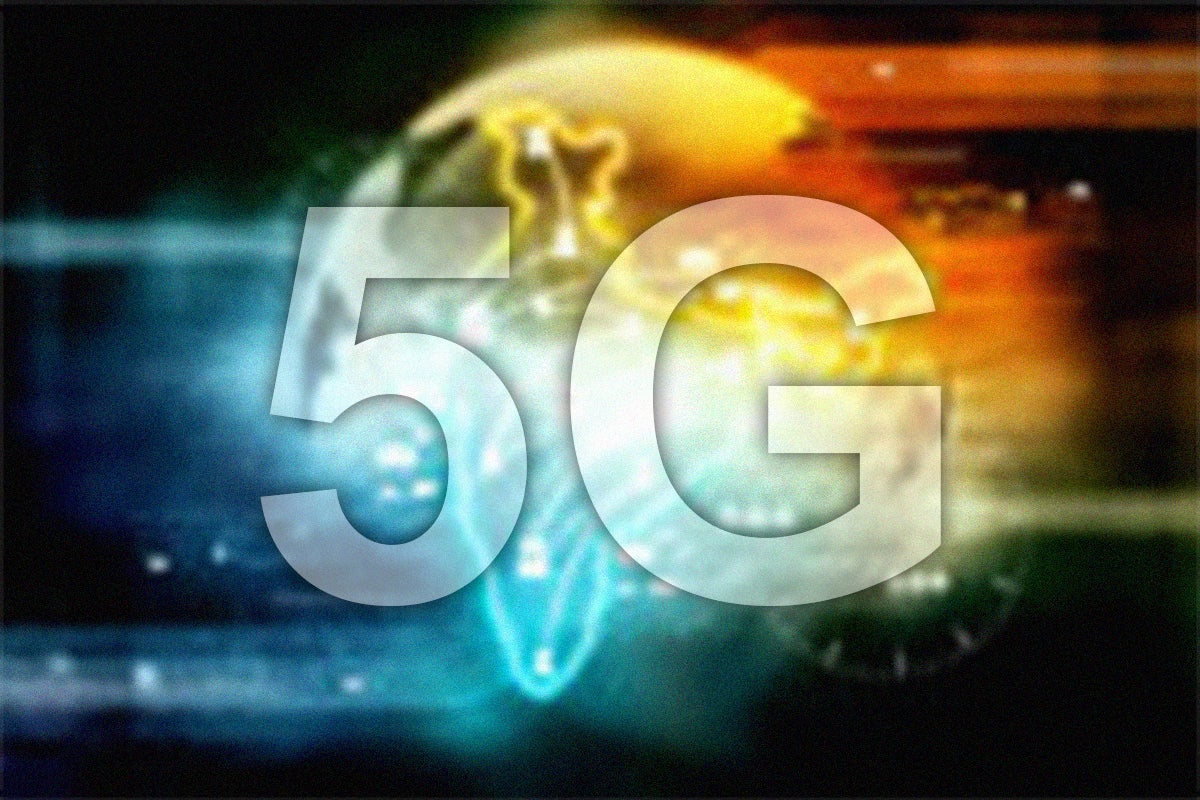Who doesn't want more bandwidth?
I sure do, and I currently have 300Mbps to my home office via Spectrum cable. What I really want is a Gigabit via fiber optic to my doorstep. Maybe I'll get it someday. But, what I do know for a fact is I'm not going to get Gigabit-per-second speeds from 5G. Not now, not tomorrow, not ever.
At the moment, there are a lot of things the telecomms are telling you in one ad after another that's just not true. I know – shocking news right? But, even by their standards, 5G is pretty bogus.
Let's start with the name itself. There is no single "5G." There are, in fact, three different varieties, with very different kinds of performance.
First, there's low-band 5G, which is the one T-Mobile likes to talk about. That's the one offering broad coverage. A single tower can cover hundreds of square miles. It's no speed demon, but even 20+ Mbps speeds are a heck of a lot better than the 3Mbps speeds that rural DSL sticks you with. And, in ideal situations, it may give you 100+ Mbps speeds. (Back in my home county in West Virginia, population about 7,200, I'd have killed for speeds like that.)
Then, there's mid-band 5G. This runs between 1GHz and 6GHz and it has about half the coverage of 4G. You can hope to see speeds in the 200Mbps range with it. If you're in the United States, you rarely hear about this one. Only T-Mobile, which inherited Sprint's 2.5GHz mid-band 5G, is deploying it. It's going slowly, though, because a lot of its potential bandwidth is already being used.
But, what most people want, what most people lust for is 1Gbps speeds with less than 10 milliseconds of latency. According to a new NPD study, about 40% of iPhone and 33% of Android users are extremely or very interested in getting 5G. They want all that speed and they want it now. And 18% even claim they understand the difference between the 5G network band types.
I don't believe it. Because if they did, they wouldn't be in such a rush to get a 5G smartphone. You see, to get that kind of speed you must have mmWave 5G – and it comes with a lot of caveats.
First, it has a range, at best, of 150 meters. If you're driving, that means, until 5G base stations are everywhere, you're going to be losing your high-speed signal a lot. Practically speaking, for the next few years, if you're on the move, you're not going to be seeing high-speed 5G.
And, even if you are in range of a 5G base station, anything – and I mean anything – can block its high-frequency signal. Window glass, for instance, can stop it dead. So, you could have a 5G transceiver literally on your street corner and not be able to get a good signal.
How bad is this? NTT DoCoMo, Japan's top mobile phone service provider, is working on a new kind of window glass, just so their mmWave 5G will work. I don't know about you, but I don't want to shell out a few grand to replace my windows just to get my phone to work.
Let's say, though, that you've got a 5G phone and you're sure you can get 5G service – what kind of performance can you really expect? According to Washington Post tech columnist Geoffrey A. Fowler, you can expect to see a "diddly squat" 5G performance. That sounds about right.
And, technically speaking what are diddly squat speeds? Try "AT&T with 32Mbps with the 5G phone and 34Mbps on the 4G one. On T-Mobile, I got 15Mbps on the 5G phone and 13Mbps on the 4G one." He wasn't able to check Verizon. That's not a typo, by the way. His 4G phone was faster than his 5G phone.
It wasn't just him, since he lives in that technology backwater known as the San Francisco bay area. He checked with several national firms tracking 5G performance. They found that all three major US telecom networks' 5G isn't that much faster than 4G.
Indeed, OpenSignal reports that US 5G users saw an average speed of 33.4Mbps. Better than 4G, yes, but not "Wow! This is great!" speeds most people seem to be dreaming of. It's also, I might add, much worse than any other country using 5G, with the exception of the United Kingdom.
You're also only going to get 5G about 20% of the time. That's generic 5G, which includes T-Mobile with its great coverage, not that ultrafast mmWave 5G, with its tiny coverage, of your dreams. Unless you live or work right next to an mmWave transceiver, you're simply not going to see those promised speeds or anything close to them.
The bottom line is, if you live in the fields and woods of rural America, you should definitely consider T-Mobile 600MHz 5G. But, if you're longing for super speed, forget about it. I don't think mmWave 5G will be worth the money until 2022.
Frankly, I'm not counting on it being widely available until 2025 at the earliest. And, come the day it is, we'll still not see real-world Gigabit second speeds.
Now, about 6G though….






